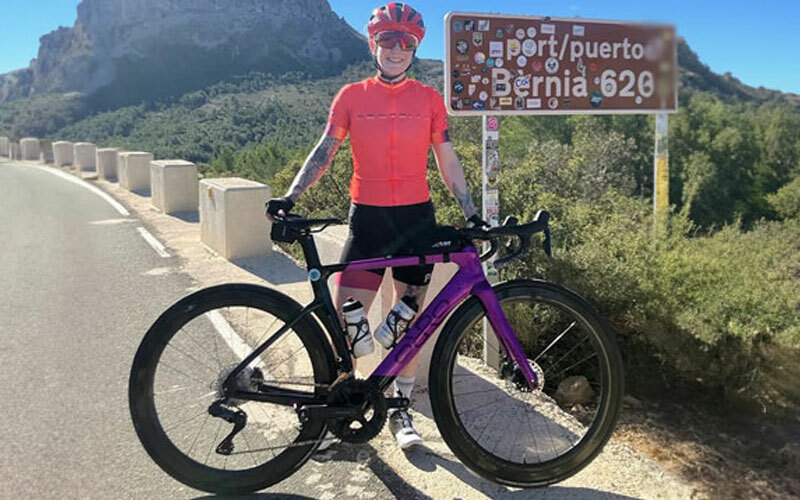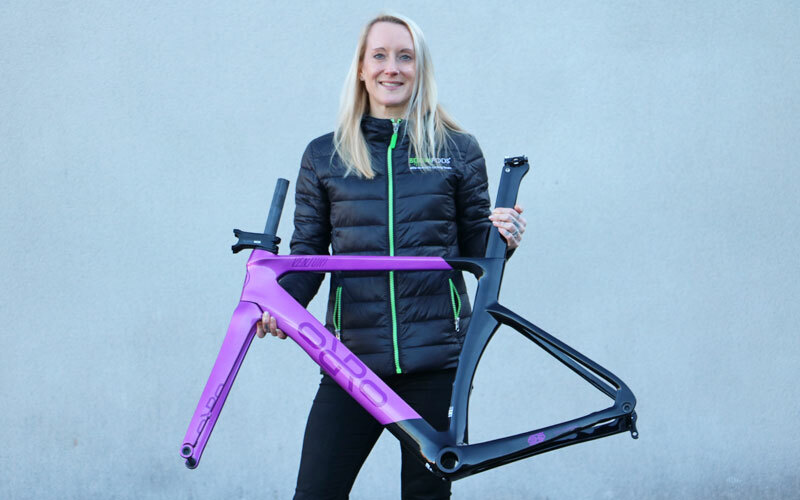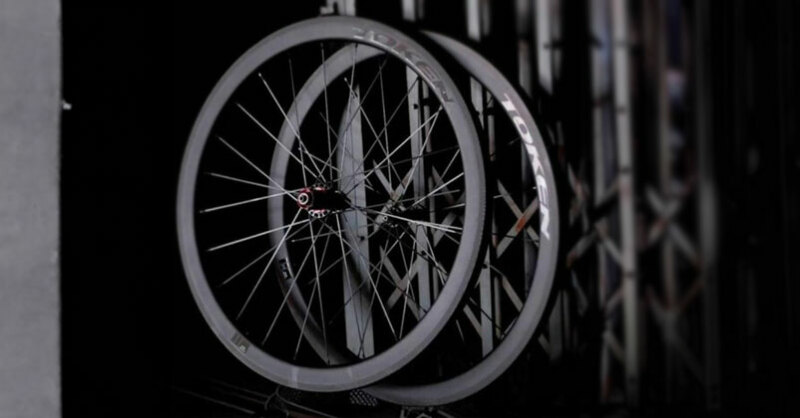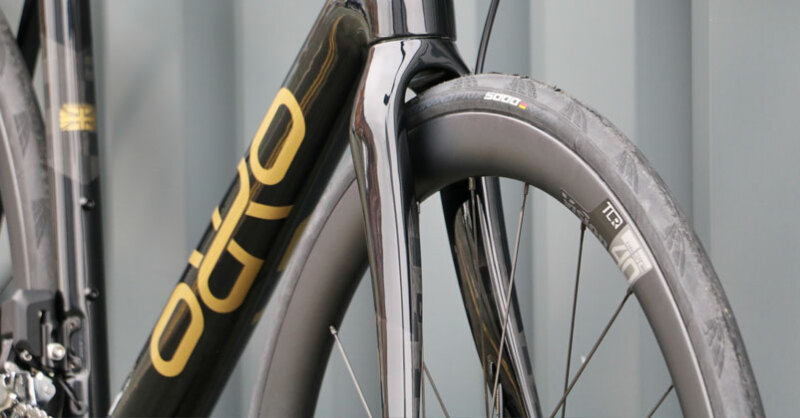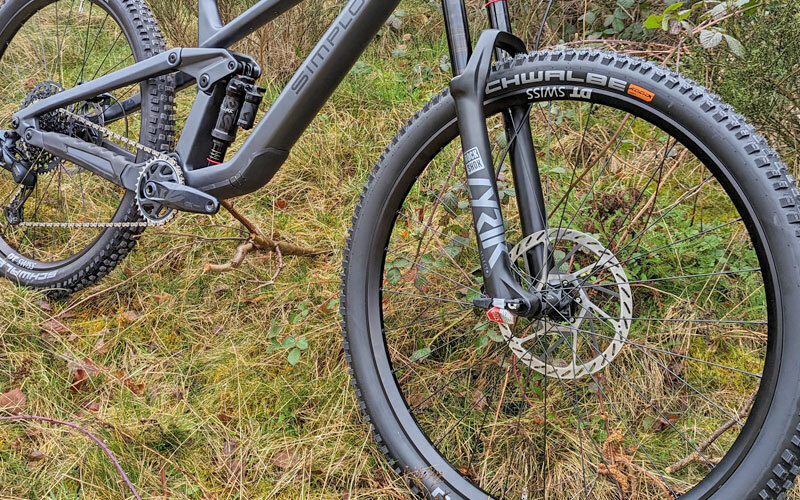Touring & Hybrid Tyres Guide
Tyres for road touring and hybrid bikes all look similar in shape and colour, so how do you pick a good one? Bike tyres are, after all, very important. They provide your tiny point of contact with the road and play a critical role in keeping you upright and rolling along happily. Upgrading your ‘stock standard’ bike’s tyres can transform the handling and performance characteristics of your bike. New tyres with greater air volume, lower rolling resistance, more grip or lighter weight can have a very noticeable affect.
.jpg)
Characteristics of Touring & Hybrid Tyres
Clincher tyres are the most popular type of touring and hybrid bike tyres, they feature an open casing and an inner tube fits inside to hold the air. The tyre bead hooks into the rim and an inner tube seals the air inside. Clinchers are popular because they are easy to repair in the event of a puncture, either repair or replace the inner tube. Clincher tyres are manufactured to target different types of riders, and the attributes they typically look for in their type of tyre. Typical hybrid and touring tyres focus on puncture protection, excellent grip in all conditions and longevity.
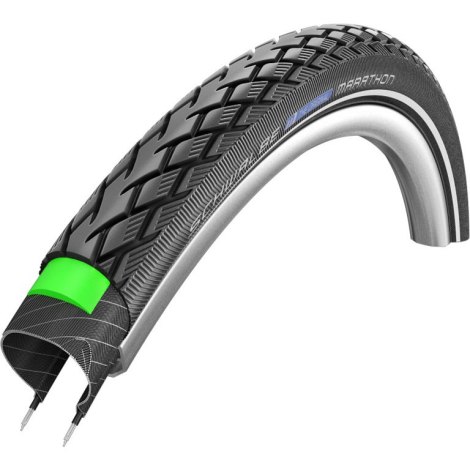
Different Parts of a Bike Tyre
Clinchers feature these component parts;
Tread
The top section of the tyre is the tread. This is the bit that gets all the attention, it is made from a rubber compound, usually with added additives to improve puncture resistance, grip or even add colour. Road tyres tend to not have deep tread patterns to allow more rubber to be in contact with the road surface.
Sub Tread
The layer under the top tread is called the sub tread and can include a puncture protection layer of very tough material to stop sharp objects cutting through. Casing Tyre casing features a TPI (Threads Per Inch) count. Generally the higher the thread count, the better the quality of the tyre.
Sidewall
The sidewalls are the side of the tyre which usually displays information about the tyre such as size and recommended tyre pressure. This part of the tyre is not designed to make contact with the road. Bead The bead makes the secure connection between the tyre and the rim. The bead can be made of steel wires or lighter folding Kevlar material. The bead on tubeless tyres is usually more solid and harder to fold, it is designed tougher to make the airtight seal onto the tubeless rim.
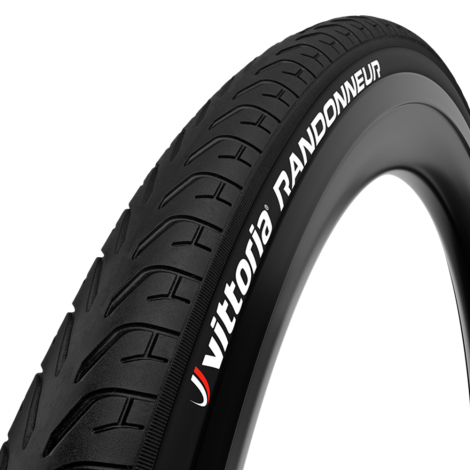
Nitty Gritty on Tyres
Width
Tyre width on road bikes has generally increased in recent years. Wider tyres provide a larger cussion of air and can offer a more comfortable ride. This is particularly useful as road bike framesets and wheels have become stiffer, and don’t have much comfort built into it. Wider tyres at slightly lower pressure can make a harsh ride into a plush one. Pressure The sidewall of the tyre has recommended pressures marked on, make sure your tyres stay within the recommended pressure to ensure the best performance from your tyres. (Best performance in terms of rolling resistance, longevity and puncture resistance).
Rolling Resistance
Rolling resistance is one of the forces which bike riders have to overcome to move forwards. Tyres with lower rolling resistance make it easier to ride. At the sharp end of performance, different tyres out-perform others, in rolling resistance tests.
Weight
Tyre weight is just one factor to consider when choosing tyres. Very light tyres might not last as long as heavier ones, they may also puncture more often. A good road tyre offers a mix of all the elements that suit you.
Punture Protection
Different manufacturers use materials, such as kevlar, to give extra protection for the inner tube. Some inner tubes offer better puncture protection than others too, while race inner tubes are often around 0.6mm thick, more substantial inner tubes are around 1mm thick, these can reduce punctures.

